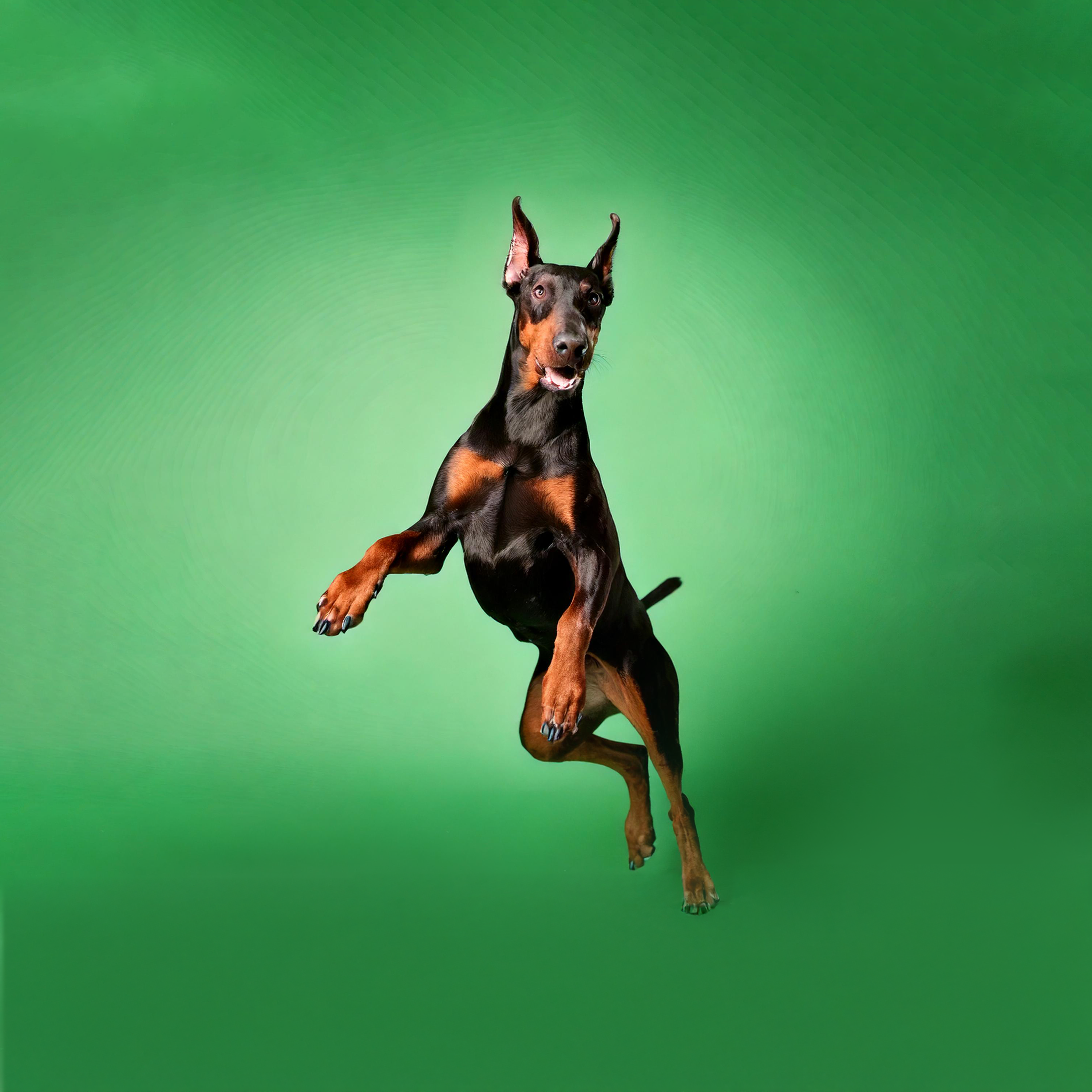Hip Dysplasia
Hip dysplasia refers to partial or complete loss of the hip joint. Hip dysplasia can cause bone wear and tear and pain associated with this process. Most companion animals suffer hip dysplasia from birth. If the disease is diagnosed at an early stage, you can easily fix the issue. In other cases, surgery may be needed to reposition the bones.
Although genetics play an important role in the development of the disease, maintaining a healthy weight is especially important to reduce stress on the joints.
Dilated Cardiomyopathy
Dilated cardiomyopathy is a heart muscle disease that causes the left ventricle to widen and thicken. The disease causes irregular heartbeats, blood clots, and sudden death. Dilated cardiomyopathy can be caused by genetics, diabetes, congenital heart disease, or bacterial, viral, fungal, or parasitic infections.
The disease is often accompanied by fatigue, heart failure, decreased ability to exercise, swelling of the legs, and abdominal pain. If these symptoms occur, consult a veterinarian immediately. Early diagnosis of dilated cardiomyopathy will help you fight the disease effectively.
Von Willebrand Disease
Von Willebrand’s disease causes excessive bleeding. This condition is typically hereditary, though in rare cases, it can develop later in a companion animal’s life. The cause of the disease is the deficiency of the most important protein involved in blood clotting. Treating Von Willebrand’s disease requires precise veterinarian care.
Wobbler Syndrome
Wobbler syndrome is a neurological disease that causes instability of the neck vertebrae and lameness in the hind limbs. The syndrome mainly occurs in large and giant breeds. The exact cause of the disease is still unknown. However, veterinarians suggest that it’s caused by a genetic predisposition.
Diagnosing the disease requires magnetic resonance imaging (MRI). There are at least 21 different types of surgery to treat Wobbler syndrome. Yet, treatment is mainly with anti-inflammatory drugs or surgery.
Bloating
Bloating is considered a harmless problem for humans, but in dogs, the condition can be fatal. To prevent the problem, pay attention to symptoms such as vomiting, a full stomach, and excessive salivation. As soon as symptoms appear, contact a veterinarian immediately.
To prevent bloat, divide your companion animal’s diet into at least two meals and make sure your friend doesn’t drink a lot of water after meals. Give preference to special bowls with a raised center. You can buy them at any pet store near your home.
Hypothyroidism
Hypothyroidism is a disease of the thyroid gland. In companion animals with hypothyroidism, the thyroid gland cannot produce enough thyroid hormones for the normal functioning of the body. A reduced amount of thyroid hormones interferes with the normal functioning of the body, resulting in symptoms such as dry skin, fatigue, and lack of energy.
A balanced diet is crucial for maintaining optimal thyroid health. Regular veterinary checkups and thyroid function testing can help identify and manage this condition early.

